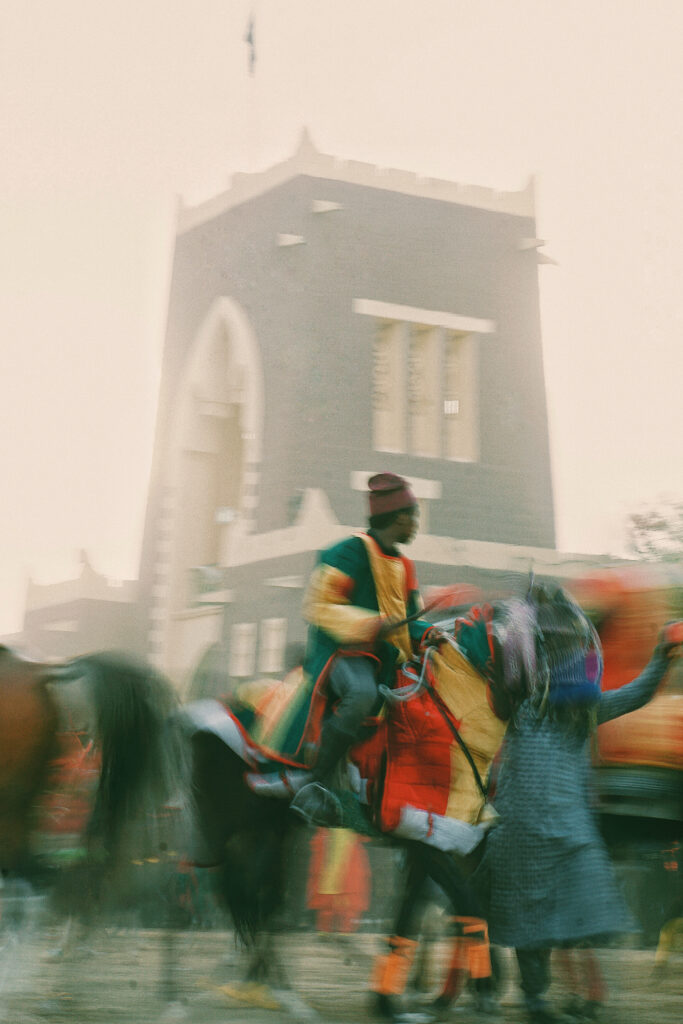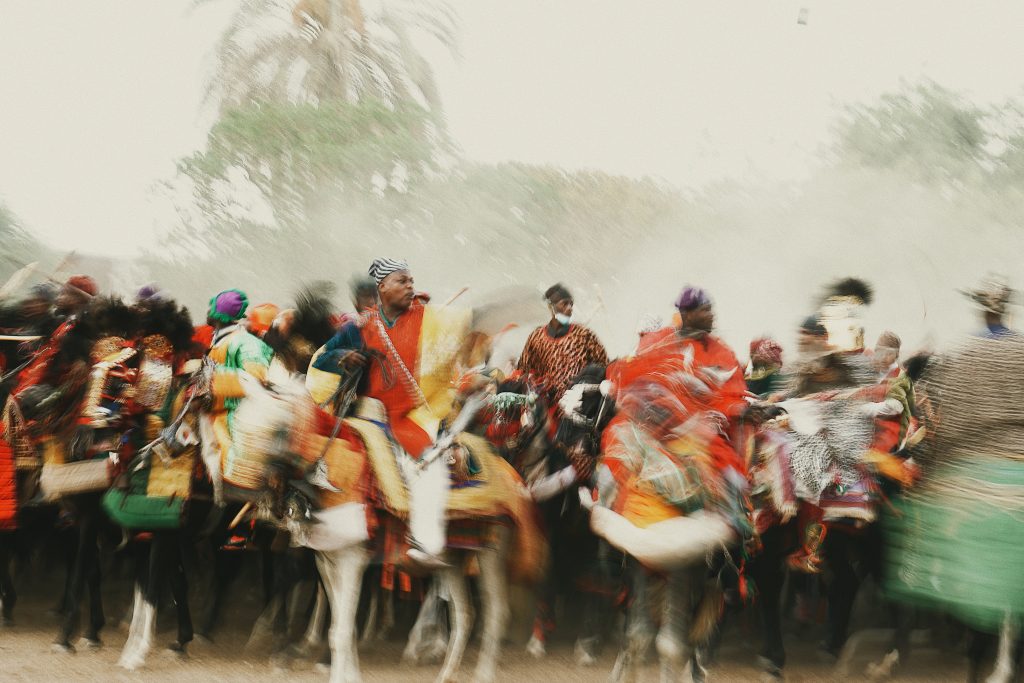Northern Nigeria will always be a protected space, restricted, far off, cold, conservative and private. This is likely how it will remain for the next decades. The significance and complexity of challenges make written or visual documentation a bit difficult. It seems that to be part of the North you have to be part of the North, language and religion, at least, if not by birth. Conflicts are endemic as regional leaders protect their privileges; identity is important. So, who speaks for the North? Luckily for everyone, there are image-makers like Abdullah, who sees differently and has, out of the abundance of his heart decided to show a little of what Northern Nigeria is about, enough to catch a satisfying glimpse of the cultures therein, enough that photographs become objects of reinforcing spatial connections with the rest of the world. His images include parts of other sets of things that are familiar, like special caps and commemorative cloths, which marks the attainment of high status. There is also the repeated exposure of the film to light or what is considered the creation of “ghost images” which makes his work even more transparent, allowing him to tell stories in exciting ways and convey direct emotions and feelings. Obviously, to some of us, the only way to achieve this is to have a deep reverence for subjects, but who knows? To better understand the work, we spoke to the artist, allowing him to take us through a world we know nothing about or not enough about.
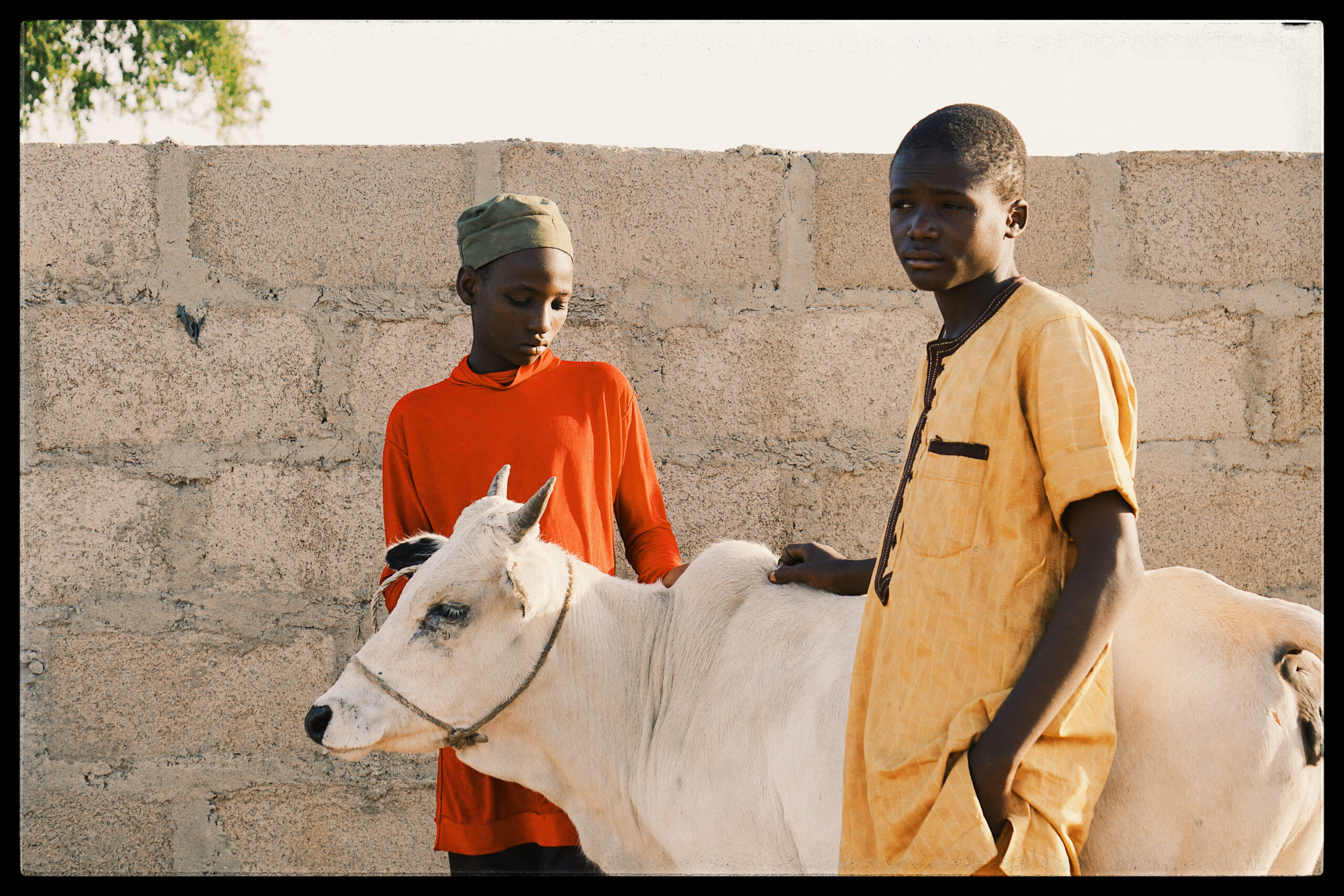
Hello Abdullah! and welcome to Random Photo Journal! Why use the moniker “Alma Jiri” considering the controversial meaning behind the name in Nigeria?
The word almajiri is a contentious term with many different meanings depending on how people perceive or use it. However, the most widely accepted meaning of the word Almajiri was borrowed from Arabic, which can be stated as Almuhajirun a word that loosely means an immigrant who migrates from one’s home in search of Quranic/Islamic knowledge. I chose to adopt the word Almajiri because I am a curious student of life and knowledge, and the word’s origin literally means “student.” Stereotypes associated with the phrase made me use it, even though the phrase has ambiguous meanings around here in Nigeria, and some people choose to use it in a derogatory manner. That gave me the task of trying to change the narrative, because every time someone sees the name, they would want to ask questions.
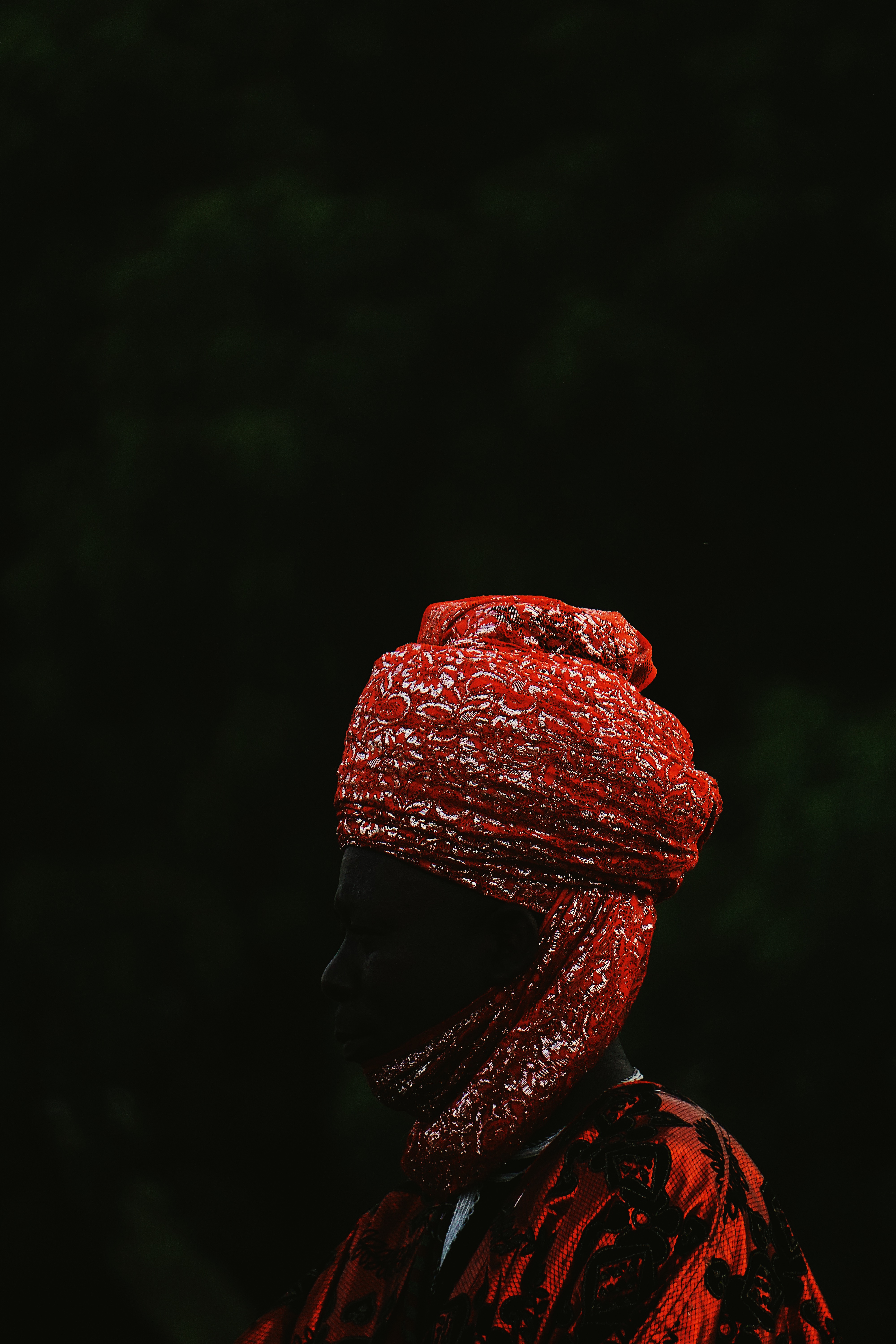
What are you trying to communicate with your photography? For example, if you employ the medium of double exposure consistently in your images, is there a message?
As we all know, every artist approaches things differently, and on several occasions, I see myself as an artist first and a photographer second, trying to capture or create images from a different and unique perspective, which is why I use double exposure to capture some specific moments and evoke the right emotion associated with the work.
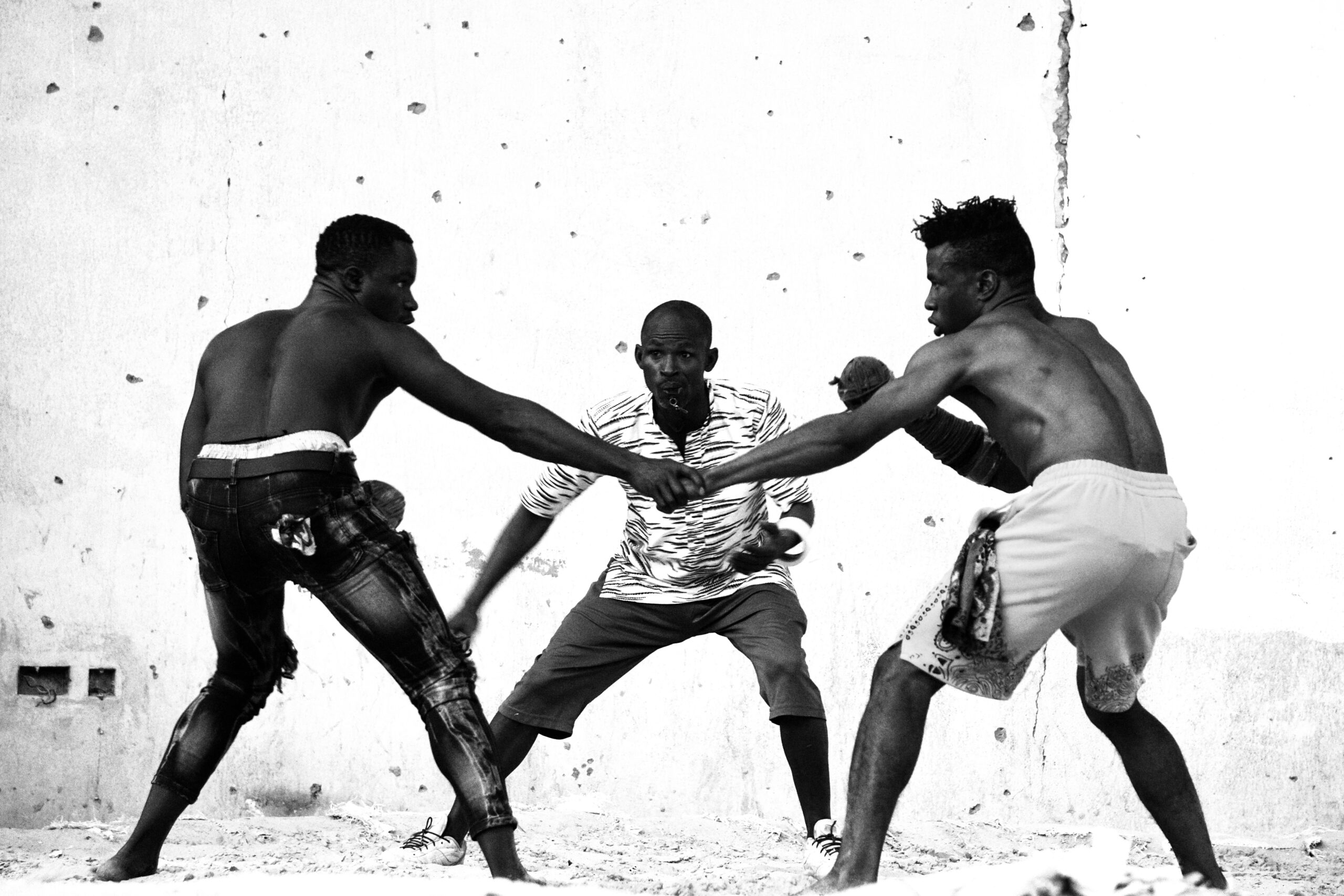
What goes through your mind when you have to edit a photo, colours, or style, what’s the process behind this?
I’ll say both Colours and style influence my editing process, but when it comes to style, I love film photography that’s why whenever I edit, I emulate negative film colours.
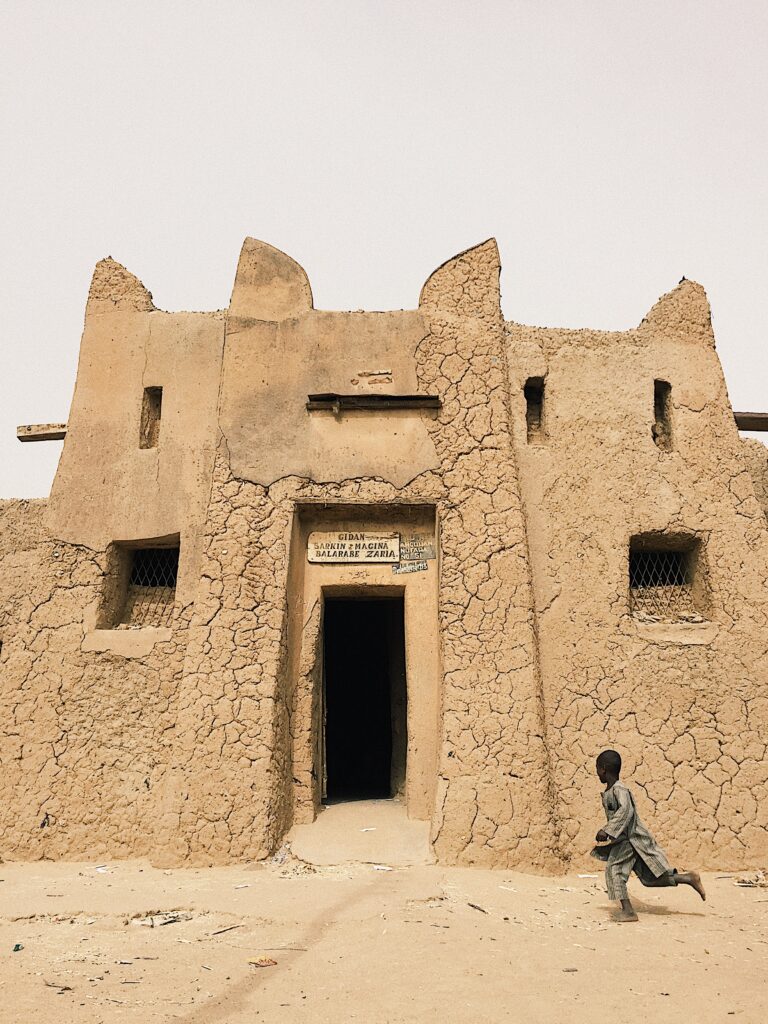
There are various Islamic hadiths that consider photography and the use of visual objects to be haram, even in its Western origin, how do you get away with this?
As far as I am aware, photography is not haram in Islam. The Hadith that prohibits image-making is simply referring to people who make sculptures and the ones that draw living objects. However, if photographs were taken to honour someone in the name of worship, Islam forbids it completely.
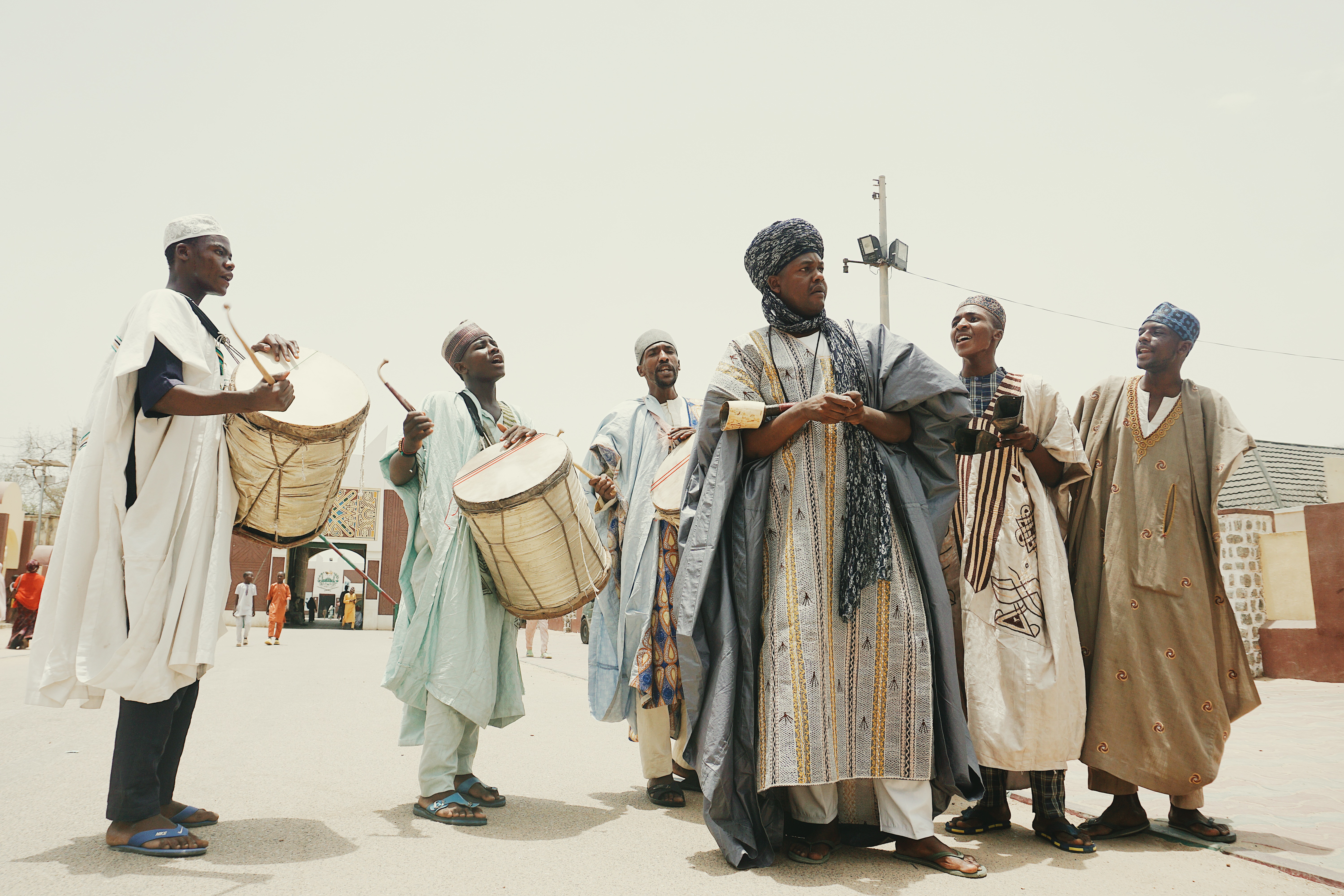
Are there any difficulties you have faced since you started making images?
When I started my journey, the major setback was getting/having someone, basically a mentor who would guide me through my journey. Photography began as a passion, a hobby, a physical desire which kept me going without giving up.
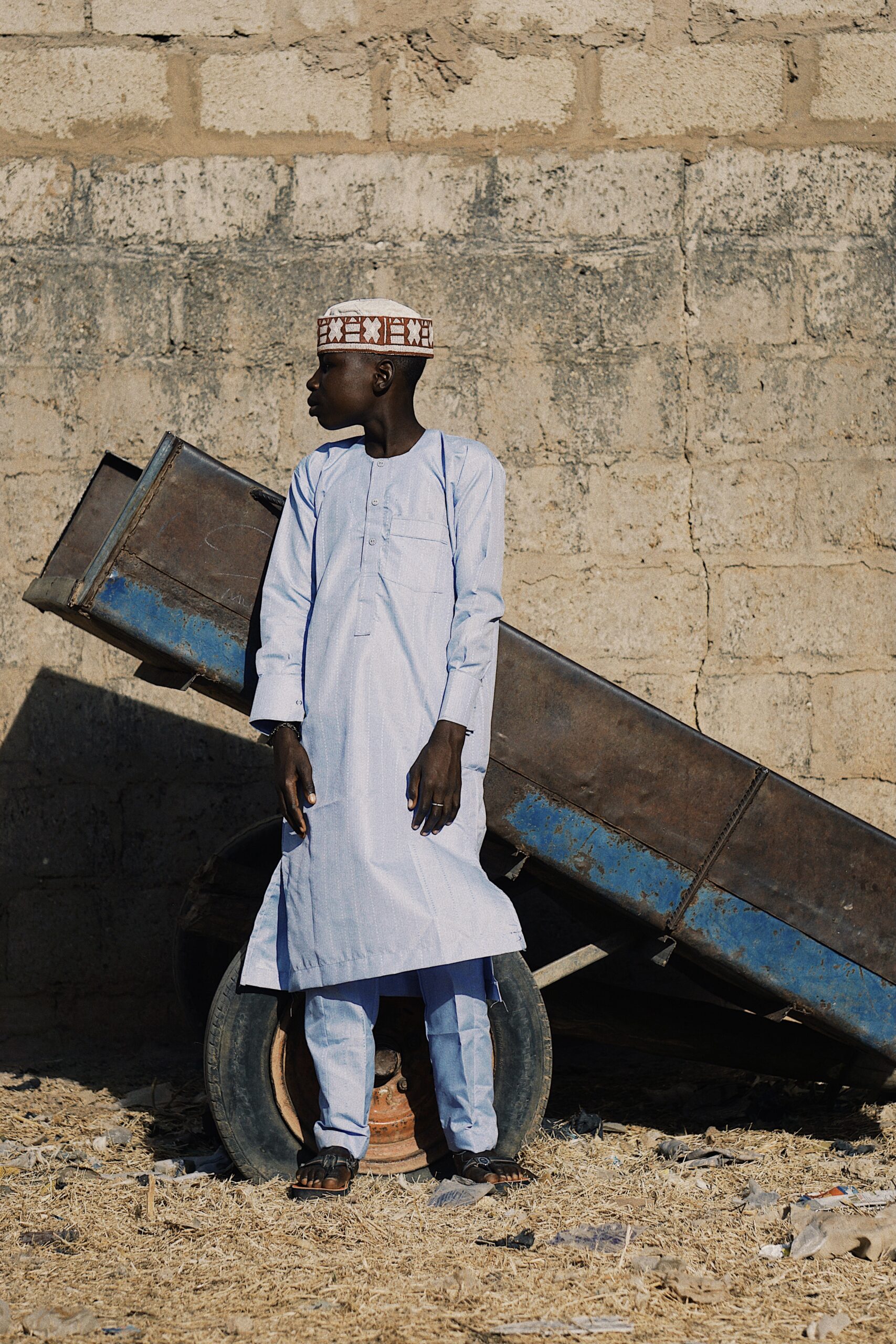
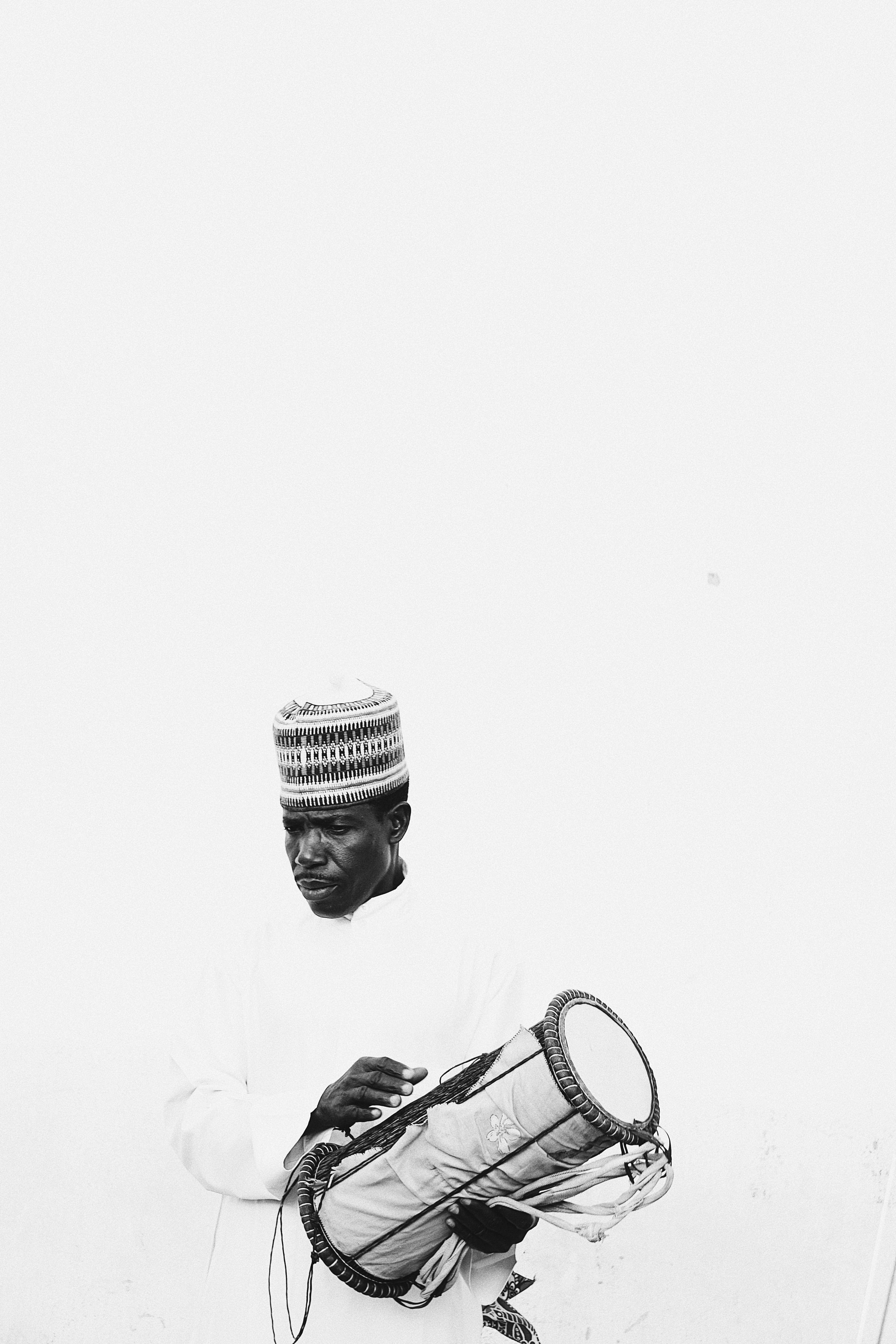
Have you done any exhibitions, and do you plan to sell prints of your work in the near future?
I am yet to hold my own solo exhibition, but I have participated in several group exhibitions. Regarding the prints, I’m looking forward to selling them through the proper channels so that they reach the intended buyers.

Is there any passion project you are working on currently?
I am currently working on a long-term project called Arewa; the people, the culture. The project explores the rapidly fading beauty of northern Nigeria’s architecture, lifestyle, and cultures.
